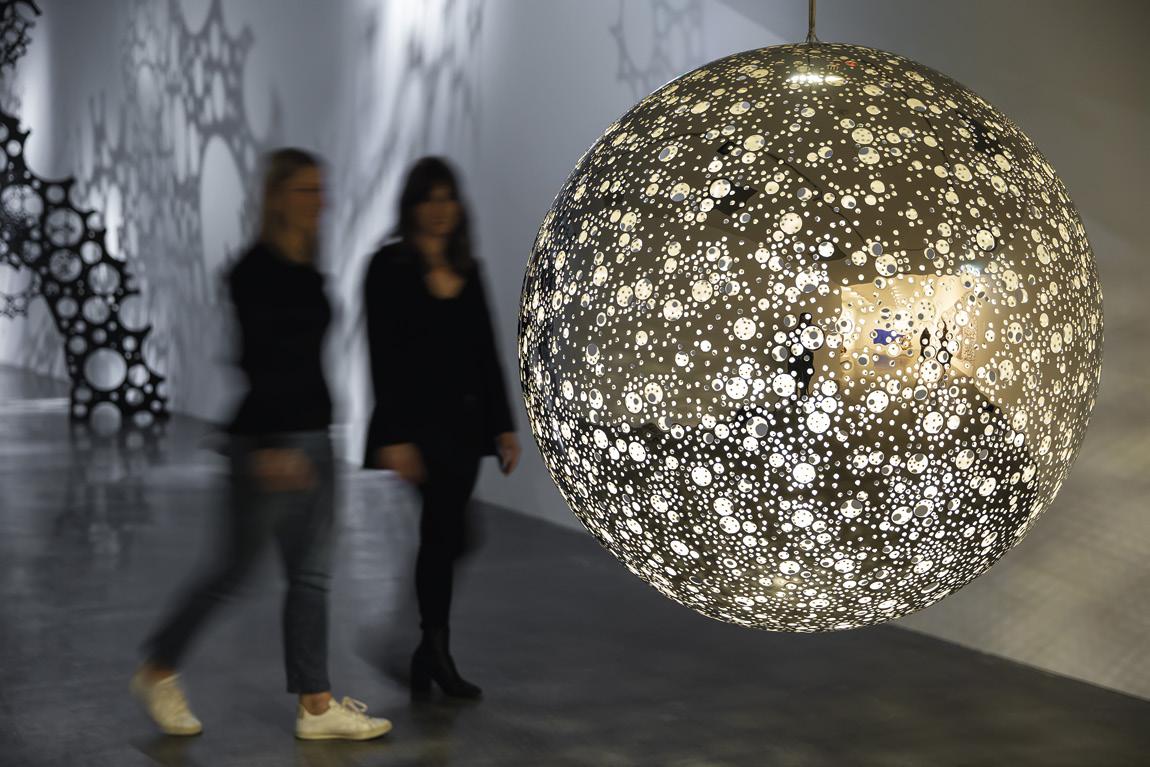
22 minute read
News
In the Present Moment
LINDY LEE: MOON IN A DEW DROP
Daoism has existed for more than 2,000 years, as one of the two largest philosophical systems of China, associated with naturalistic or mystical religion. Traditionally, it deals with two areas: metaphysics and ethics. In its broadest sense, Daoist attitudes to life are ones of acceptance and joy. Meanwhile, Ch’an (Zen) Buddhism developed at the beginning of the sixth century CE. “Chan” transliterates as “meditation” – so the practice of this thought is loosely centred on awakening and consciousness, nullifying the roots of human suffering.
Lindy Lee (b. 1954) calls upon both of these philosophies, exploring the connections between humanity, nature and the cosmos. To do this, she utilises a spectacular array of energetic and transformative processes in her practice. She flings molten bronze, burns paper and allows rain to transform surfaces. Beyond this dynamic, ephemeral engagement with mixed media, Lee is also known for investigating heritage, authenticity and identity. MCA Director Elizabeth Ann Macgregor OBE, notes: “Lindy’s articulation of living between two cultures [Australia and China] whilst feeling alienated from both is a familiar immigrant story which resonates with many Australians. Her inclusion of family albums, of flung ink and Buddhist images make very clear reference to her cultural background which many will recognise.”
Macgregor is discussing Moon in a Dew Drop, which spans four decades of extraordinary work, named after a collection of writings by 13th century monk and Zen philosopher, Dōgen, who considered the moon as a representation of infinity, held inside a small phenomenon – a water droplet.
Secret World of a Starlight Ember is an exhibition highlight. This oval stainless-steel sculpture, sitting outside the museum, includes over 1000 tiny holes, looking out over the harbour in Sydney. Macgregor expands: “The environment becomes reflected in the work during daytime, and at night, the installation gives off an otherworldly glow. Lindy is fascinated by the notion of time passing – the death of a star is an ember which takes thousands of years to reach us.”
Lee is a prominent figure in the industry, searching into the human condition, and pulling at the threads of consciousness and re-connection. As such, Macgregor is confident that the show comes at an important moment in recent history – when panic, frustration and justice are prevalent: “Lindy is one of our most influential senior women artists. This exhibition is especially pertinent today in the context of the Black Lives Matter movement, the rise in racism against Chinese people, the impact of Covid-19 on personal connections, and the relationship between human beings and the universe. The show carries the viewer along on a journey with Lindy, from her fascination with the great European portrait and painters of the 16th and 17th centuries, to working with her Chinese heritage and an increasing interest in Zen Buddhism.” “Lindy is one of our most influential senior women artists. This exhibition is especially pertinent today in the context of the Black Lives Matter movement, the rise in racism against Chinese people and the impact of Covid-19.”
Lindy Lee: Moon in a Dew Drop MCA Australia, Sydney Until 28 February
Through the Looking Glass
YAYOI KUSAMA: INFINITY MIRROR ROOMS
Yayoi Kusama (b. 1929) needs little introduction, famed the world over for countless works starring hallucinogenic polka dots, or, as she calls them, “Infinity Nets.” Her auction record stands at $7.1 million, a figure achieved in 2014 for a 1960 painting. However, Kusama’s most known works are the more recent Infinity Rooms – large-scale enclosed environments where reflections come in layers upon layers.
These hypnotic installations have generated several thousands of selfies, with viewers seeking to document themselves in exhibition spaces for all their aesthetic appeal. Kusama's shows have welcomed between 75,000 people (David Zwirner, 2017, 23-day installation) to 160,000 (Hirshhorn, 2017, 80-day installation). In fact, The Broad, Los Angeles, imposed a 30-second “selfie rule” at their show in 2018, in order to keep people moving through the space (and not cause damage whilst straining for the perfect picture).
What is it about glittering symmetrical surfaces that so intrigue audiences? Are we looking for real moments of transcendence and self-reflection? Or are we purely looking to produce the perfect Instagram post? Katy Wan, Assistant Curator at Tate, offers another perspective: one rooted within the tenets of universality and accessibility: “Language barriers and cultural specificity are conquered through the abstract nature of these installations; Kusama creates an experience that can be enjoyed by people from all backgrounds.”
Tate’s contribution to the international Kusama tour includes two pieces – Chandelier of Grief and Infinity Mirrored Room - Filled with the Brilliance of Life. Both are encountered as darkened spaces where the only light emanates from the artwork itself. Though both pieces share this concept of illumination from within, they each have their own unique twists and styles: the former has a baroque aesthetic; the latter features a shallow pool of water that further exaggerates a sense of spatial disruption. These works are also presented with a selection of photographs by Harry Shunk and János Kender, who documented some of Kusama’s best-known activations in the United States in the mid-20th century, including a famous performance staged in New York in 1968.
Whether the works should be enjoyed for their immense contributions to art history, or simply for the visual purposes of social media is perhaps, arbitrary. After an immensely difficult year – in which many people won’t have even considered setting foot in a gallery – Wan states that Tate is mostly looking forward to “just bringing a bit of joy to people! Hopefully we will also engage new visitors, for whom Kusama’s work might inspire a life-long love of art. We hope that circumstances will allow us to welcome visitors back to Tate Modern very soon to experience something that is uplifting, immersive and completely different to the monotony of the present situation. For Kusama, art is salve.” “What is it about glittering symmetrical surfaces that so intrigue audiences? Are we looking for real moments of transcendence and self-reflection? Or are we purely looking to produce the perfect Instagram post?”
Yayoi Kusama: Infinity Mirror Rooms Tate Modern, London Spring 2021, Dates TBC
tate.org.uk


Lungs of the Planet
CARMIGNAC PHOTOJOURNALISM AWARD
“Scientists say that the Amazon is reaching a crucial tipping point. If deforestation and environmental destruction don’t stop, the forest will begin a slow but unstoppable process of desertification with devastating effects on global scale. How do we invert this trend? Who are the drivers of this destruction? More than anything else, the Amazon’s cruellest contradiction is that its vast natural wealth is enjoyed by so few of its inhabitants who, in the main, are desperately poor. All that make me think that, to a certain extent, we cannot really preserve nature without fighting poverty and inequality.”
From January to July 2019, Italian photojournalist Tommaso Protti (b. 1986) travelled thousands of miles across the Brazilian Amazon for the 10th Carmignac Photojournalism Award. From the eastern region of Maranhão to the western region of Rondônia and through the states of Pará and Amazonas, Protti began shooting modern-day life, where social and humanitarian crises overlap with the ongoing destruction of the rainforest – the lungs of the planet.
Protti explains where the journey began: “In December 2018, I first visited the south of Pará state, a region where land ownership is extremely concentrated and landless peasant movements fight for agrarian reform. In January 2019, I then travelled to Maranhão – the most deforested state in the Amazon. Here, I met with the Guajajara forest guard and I accompanied them inside the Araribóia indigenous reserve. The guard conducts thorough patrols of the vast indigenous reserve each month, destroying loggers’ camps and seizing equipment whenever possible.
“From this area I then moved onwards to the Altamira city, Pará state, to document the social and environmental impacts caused by the construction of the Belo Monte Hydroelectric Dam, which flooded 400km2 of forest and displaced hundreds of Ribeirinhos – Amazon River People – who were relocated along the banks of Xingu River. The last trip was in August 2019. I came back to Rondônia where illegal fires were destroying a number of protected reserves.”
The resulting images will be on display at Saatchi Gallery, London, this spring (once this most recent lockdown lifts). These striking monochrome pictures demonstrate the power of journalistic investigation to broaden public consciousness. They are also presented in a momentous year as, this November, the UK hosts the 2021 UN climate summit.
Protti hopes that, through this exhibition, viewers will learn more about how murder, crime, corruption and poverty contribute to the destruction of the world’s last great tropical forest as we look ahead to new climate policy. “The aesthetics and style of the photographs are purely personal, but the issues shown follow important research. The project is based on documentation; I place myself as a mere observer and a witness for one of the biggest stories of our time. “The Amazon's cruellest contradiction is that its vast natural wealth is enjoyed by so few of its inhabitants. All of that made me think that we cannot preserve nature without fighting poverty and inequality.”
Carmignac Photojournalism Award Saatchi Gallery, London Spring 2021, Dates TBC
Photography as Enquiry
OUT OF THE SHADOWS
“Out of the Shadows: Contemporary Chinese Photography takes visitors on a journey through the eyes of contemporary Chinese practitioners, stretching their understanding of photography as an art form. By continuing to push boundaries with new technologies, these individuals are redefining expressions that remain both Chinese and global.”
Tiffany Wai-Ying Beres is an Asian contemporary art specialist and historian. She has worked as a curator with institutions such as the Asian Art Museum in San Francisco, the Hong Kong University Museum and Art Gallery, the Pagoda Paris in France, and the Today Art Museum in Beijing. For the Museum of Photographic Arts in San Diego, she brings together nine photographers working across the last three decades – names who question traditional aesthetics, local and global histories, and the possibilities of the still image.
The featured artwork, The Yangtze River 7-8 May 2013, seen below, is a camera obscura gelatin silver print shot by Shi Guorui (b. 1964). Shi is known for sweeping cityscapes and natural vistas rendered through striking negatives. He spends hours framing each shot in makeshift, on-site darkrooms, a meditative process stemming from the survival of a car crash and wanting to “take a long time for everything” – uniting the body and mind with a slower mode of working. Other key works include a VR film from Yang Yongliang (b. 1980), an immersive journey with a flight of Chinese dragons. Yang expresses enthusiasm toward the dragon as a traditional symbol, as well as sorrow for its changing connotations in the modern world. He notes: “In ancient times, dragons would represent literati spirits and integrity. However, in modern day China, they are generalised as prosperity and good fortune. These changes are indicated in Nine Dragons, which moves from a utopia into a post-civilisation landscape
Similarly, Yang Fudong’s (b. 1971) single-channel film, Liu Lan (2003) investigates the dissolution of tradition, featuring an unlikely love affair between a man from the city and a woman from the country. Meanwhile, Hong Lei’s (b. 1960) Memory of Pomegranate (2005) is a stark still image with yellow fruits suspended on threads. The piece questions pomegranates as symbols of integrity, endurance and beauty, translating them into a clinical still life. Wang Ningde’s (b. 1972) Form of Light series is an investigation into the essence of the photographic process, building on Plato’s Allegory of the Cave; Polarized Cloud No. 3 (2014) is a composite sculptural image made from film transparencies.
What these artists share is innovation – an unflinching enquiry into a new age of urbanisation and supposed “progress.” As Wai-Ying Beres concludes: “It’s an unprecedented time for artists working in China. These practitioners have almost unlimited access to the outside world, yet continue to innovate in a way that resonates with their own cultures.” “It's an unprecedented time for artists working in China. These practitioners have almost unlimited access to the outside world, yet continue to innovate in a way that resonates with their own cultures.”
Out of the Shadows Museum of Photographic Arts, San Diego Until 28 March
mopa.org


Movement and Resistance
RACHEL KNEEBONE: 399 DAYS
Rachel Kneebone’s (b. 1973) monumental sculpture, 399 Days, is aptly named. It references the time it took the London-based artist to complete. It is her most ambitious work to date. The piece reaches a dizzying scale: towering at over five metres high and comprising 63 individual panels. A mass of body parts and vines emerges from a structure reminiscent of Trajan’s Column in the centre of Rome.
Yorkshire Sculpture Park (YSP), Wakefield, is the latest location to showcase the piece, within the 18th century chapel. In recent years, Kneebone's creations have been shown across the world, with solo presentations opening at London’s V&A and the Brooklyn Museum in New York. YSP highlights Kneebone’s interest in the body and life cycles: legs, flowers, orbs and organic forms multiply and cascade from solid blocks.
Clay, and its more refined form of porcelain, have been used for thousands of years to make objects for the home and public displays. Kneebone uses porcelain primarily, crafting each object by hand. She does not employ assistants, instead opting to practise alone. This unique process yields complex and delicate creations, but it can be unpredictable. “I am quite reassured when a work explodes because I think that means I am pushing the boundaries of the material,” she explains. “My work moves around metamorphosis, change and simultaneous states, so nothing about it is fixed.”
Other pieces include the 2017 sculpture, Roll, which demonstrates ideas of transformation and growth; movement and resistance. White ribbons appear to escape from a porcelain tomb – coiling, bending and intertwining with one another. Roll’s position in YSP is intentional, as the gallery describes: “It resonates with the chapel as a place that historically marked key life events from the cradle to the grave.”
Kneebone agrees, labelling it as a space that connects to her projects “from the wooden panels of the interior which echo a panelled structure, to the bucolic exterior and landscape, which accentuate the organic forms.” For this exhibition, she has made new sculptures, where motifs such as tendrils, folds and spheres are fluidly interwoven – producing a plant-like structure which protrudes outwards from the wall.
Visitors can also explore a series of drawings. Ovid in Exile (2016) refers to the famous Roman poet Ovid, who was banished from Rome in 8 CE, for reasons that have become shrouded in mystery. Kneebone was drawn to the episode as an insight into the human condition – a recurring theme. Her sketches demonstrate the intrinsic relationship between works on paper and sculpture. A connection is clear: bent legs – rendered in light pencil – extend outwards in a circle. 399 Days is a key addition to YSP’s 2021 programme, spotlighting women creatives. This year includes pieces by Joana Vasconcelos, plus a group show, Breaking the Mould: Sculpture by Women since 1945 from the Arts Council Collection. “For this exhibition, Kneebone has made new sculptures, where motifs such as tendrils, folds and spheres are fluidly interwoven – producing a plant-like structure which protrudes from the wall.”
399 Days Yorkshire Sculpture Park, Wakefield Opens 1 May
NOT VITAL
Not Vital (b. 1948) is driven by exploration, having established a number of studios across the globe, working for months at a time between Rio de Janeiro, Beijing and Sent. He has since been described as an “artist-nomad”– shifting between locations, collaborating with local craftspeople and drawing inspiration from a variety of cultures and traditions.
Museum der Moderne Salzburg launches the artist’s first solo exhibition in Austria, titled IR. It takes its name from Not Vital’s native Romansch language, in which ir means to go. “It speaks to a defining principle of Not Vital’s creative practice,” says the gallery. “It is energised by the perpetual tension between departure (leaving) and return (homecoming).” Indeed, the artist remains closely connected to his place of origin, Graubünden, Switzerland, to which he regularly returns.
This sprawling presentation features 21 sculptures, three expansive installations and over 140 drawings. What’s distinctive is the clarity of the pieces, which are known for bright whites, polished chromes and sharp lines. Plaster, steel, marble and ceramic are the tools of choice here. In one room, a slimline table and chairs gleam silver. In another room, a smooth, pristine egg sits atop an angular wooden structure.
Not Vital links a sparse palette back to memories from childhood. “If you grow up in surroundings which have snow for six months of the year, your eyes are naturally sensitive to white,” he reflects. “When the snow melts, the mountains turn grey … I became accustomed to these nuances in grey and white and not so much colour. Even now, my favourite material is plaster, not only because of the colour, but also because it dries quickly. You have to work fast.”
There is an archaic iconography running through the presentation. Outside the museum, viewers discover a large stainless-steel head sitting in the landscape. It’s a mosaic of pieces that have broken and stuck together again. Inside is a pile of smashed-up sculptures, stacked against the wall in a pyramid. Fragments appear like ruins of ancient civilisations.
Above all, Not Vital is interested in craftsmanship. He “picks up on what exists around him” – fascinated by unusual materials and techniques – creating with artisans around the world. His partners are wide-reaching, from steel-chasers in Beijing to glass blowers in Murano and silversmiths in Tuareg. “I believe that using all these different materials may also have something to do with using different languages,” the artist notes, reflecting on his interest in communication and travel. “My mother language, Romansch, is only spoken by 36,000 people, and there are five different dialects … You grow up in a place where, if you go 20 minutes one way, they speak one language; if you go 18 minutes the other way, they speak another… I only communicate in my mother tongue maybe a tenth of the time.” IR is the culmination of these experiences, presenting minimalism at its most surreal and intriguing. “Above all, Not Vital is interested in craftsmanship. He picks up on what exists around him – fascinated by unusual materials and techniques – creating with artisans around the world.”
Not Vital Museum der Moderne, Salzburg Until 13 June
museumdermoderne.at
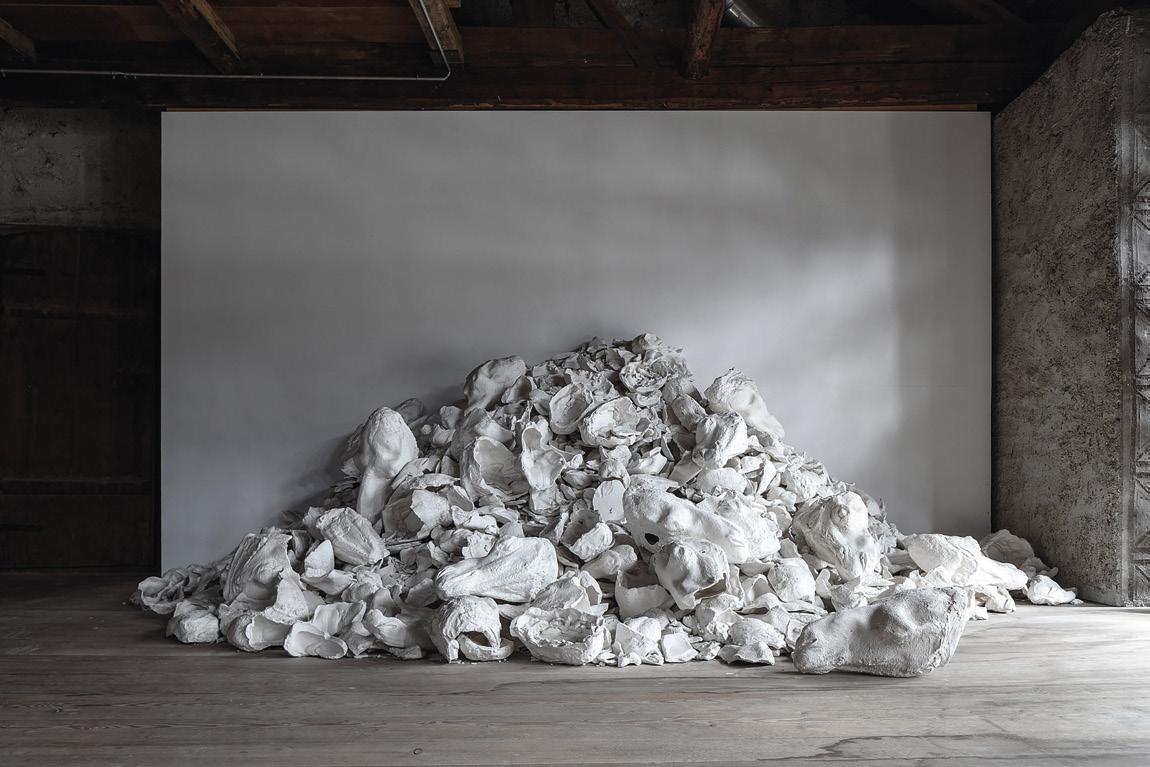
10 to See
RECOMMENDED EXHIBITIONS THIS SEASON
This range of shows spans both narrative and documentary projects tapping into the human condition and the changing climate, as well as history and heritage. Please check all websites for the most up to date information on closures, openings, dates, bookings and times.
1Ceremonies Yossi Milo | Online yossimilo.viewingrooms.com
Shikeith (b. 1989) is an interdisciplinary artist and filmmaker who investigates the expansive definitions of race and masculinity. Ceremonies – referencing Essex Hemphill’s 1992 LGBT poetry collection of the same name – is available to viewers through Yossi Milo’s online viewing rooms this spring. This provocative exhibition comprises a series of portraits demonstrating a range of emotions: ecstasy, contemplation, desire, longing and fear. Shikeith explores ritual, reinvention and ancestral healing whilst examining visualisations of black masculinity.

2Endurance and the Great White Silence Atlas Gallery, London | Until 1 April atlasgallery.com At the beginning of the 20th century, a number of expeditions were launched to explore the South Pole. The most dangerous of these missions was the Terra Nova – led by Captain Scott and accompanied by photographer Herbert Ponting. The last entry in Scott's diary was on 29 March 1912. Atlas Galley presents a brand-new series of platinum-palladium prints, showcasing images that were found with Scott’s body on 12 November 1912. Broken ice, crystal formations and mirror reflections are rendered in stunning monochrome.
3Quinn: A Journey Oriel Colwyn, Colwyn Bay | Until 10 April orielcolwyn.org Aesthetica Art Prize longlisted artist Lottie Davies (b. 1971) recreates the fictional journey of William Henry Quinn – a character deeply affected by the events of WWII. Moving across lush British countryside, muddied footpaths and desolate waterways, Quinn: A Journey asks whether redemption can be found when hope is lost. The large, multimedia project combines nine moving images, 18 large format photographs and an amalgamation of text and ephemera, placed in a linear sequence. Themes of grief and loneliness are central.
4Edgar Martins Herbert Art Gallery & Museum, Coventry | Until 18 April theherbert.org For four years, Edgar Martins (b. 1977) visited the inmates of HM Prison in Birmingham – the largest Category B prison in the Midlands – and their families, as well as a myriad of local organisations and individuals in order to explore the tenets of loss, conflict and confinement. He notes: “My work counters the sort of imagery usually associated with incarceration. I went to great lengths to avoid images whose sole purpose, in my opinion, is to confirm the opinions within dominant ideology about crime and punishment. Instead, I look at loss.”
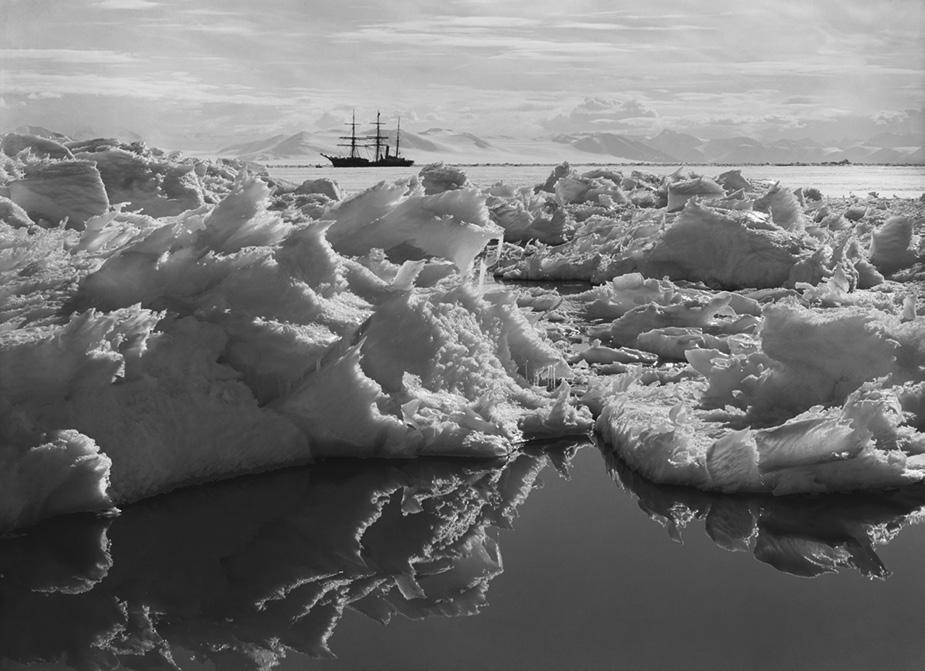
5Why Should I Hesitate: Putting Drawings to Work Deichtor Hallen, Hamburg | Until 18 April deichtorhallen.de World politics are part of William Kentridge’s (b. 1955) expansive biography as a leading visual artist, opera director and animator, having grown up with parents who actively fought apartheid in South Africa. His works draw upon the sociocultural effects of post-colonialism, refuge and segregation, always beginning with drawing as the principle medium. Why Should I Hesitate is a selection from a vast archive of 1,500 prints. Kentridge notes: “There are surprises in the early drawings, to see the urge towards process and disjointed narrative.” 1


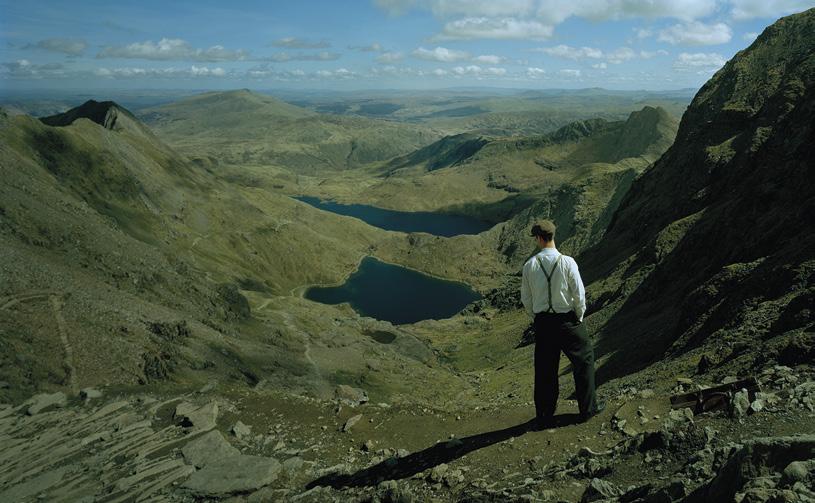
3
4



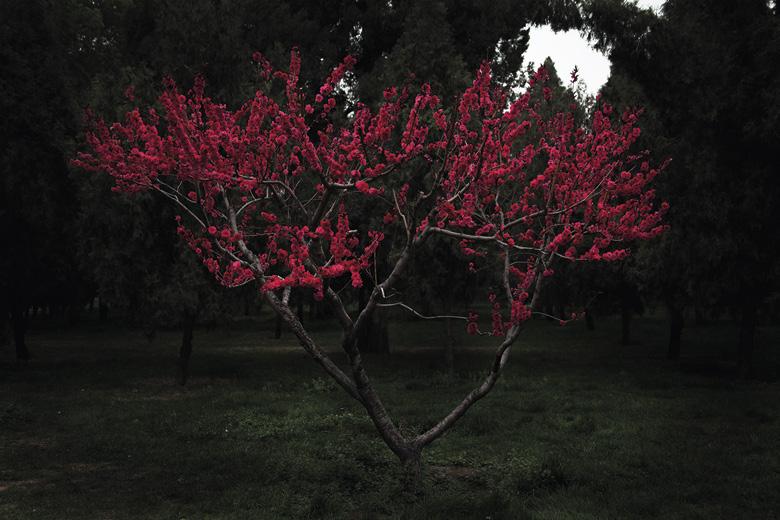

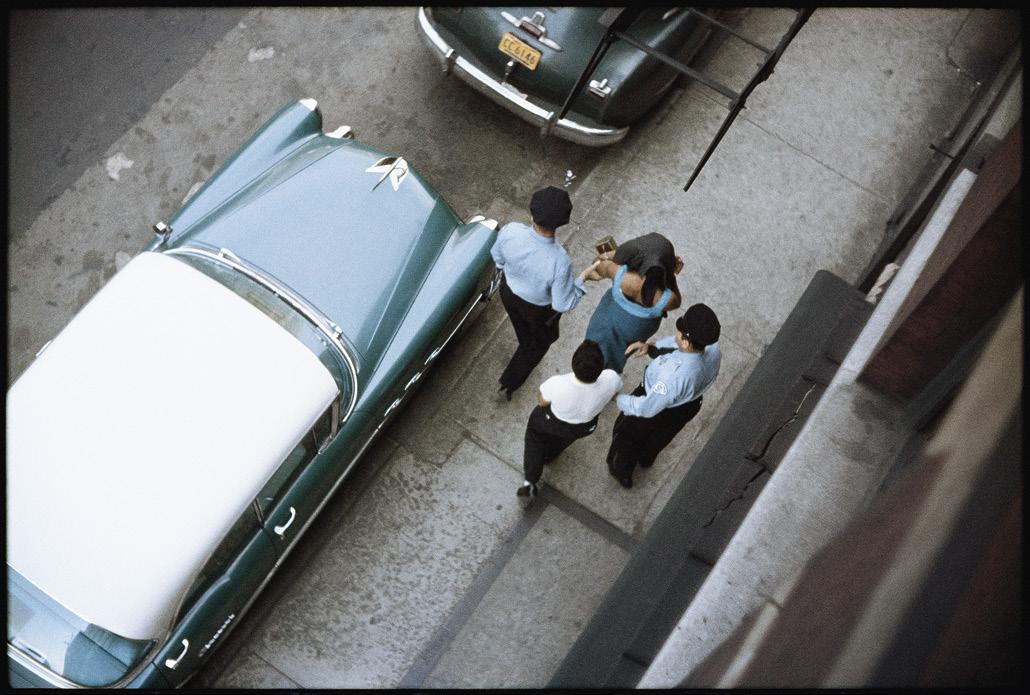
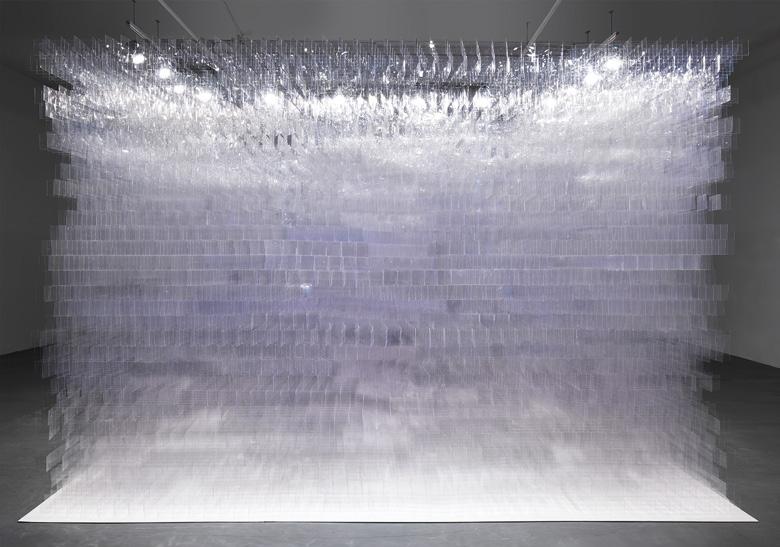
8
9



6Epic Iran V&A, London | Opens 13 February vam.ac.uk V&A has organised Epic Iran alongside the Iran Heritage Foundation, and in association with The Sarikhani Collection. This show is the first of its kind in 90 years, examining 5,000 years of Iranian art, with over 350 objects from ancient culture to the present-day. Highlights include Shirin Neshat’s two-screen video installation Turbulent – featuring a male singer performing in front of an all-male audience and a female singer performing to an empty auditorium – and Shirin Aliabadi’s striking photograph of a woman blowing up bubblegum.
7Half and the Whole Jack Shainman Gallery, New York | Until 20 February jackshainman.com "I saw that the camera could be a weapon against poverty, racism, all sorts of social wrongs.” Gordon Parks (1912-2006) was a humanitarian with a commitment to social justice. Born into poverty and segregation in Fort Scott, Kansas, Parks was drawn to photography as a young man. He is now recognised as a visionary artist who continues to influence American culture to this day, especially in the context of the Black Lives Matter movement. Jack Shainman celebrates his legacy, making visible the triumphs and struggles of African American life.
8Self Flowers Gallery, Hong Kong | Until 27 February flowersgallery.com Shen Wei (b. 1977) produces rich self-portraits and landscapes, examining identity, memory and sexuality through high contrast palettes. Self draws upon tradition and Wei’s personal process of self-discovery. One of the featured series is Broken Sleeve, in which Wei takes on the roles of iconic Chinese characters from popular culture. The Between Blossoms series includes an interplay of darkness and light representative of fear, attraction, joy, loneliness and absence, seen most clearly in Peach Tree – where rich pink flowers emerge from a void.
9Hold Still National Portrait Gallery | Online npg.org.uk There are over 19 million images that can be found with the hashtag #covid_19 on Instagram (at time of publication). There are over 16 million with #lockdown. How has our experience of the pandemic been shaped by images? By the dissemination of data? How has 21st century culture meant that we internalise our understanding of the global crisis? National Portrait Gallery, London, presents a collective portrait of the UK during lockdown as part of Hold Still – an ambitious online project with 100 images taken from 31,000 submissions.
10Intermediaries Pace Gallery, London | Until 6 March pacegallery.com “I tend to think of scale like modernist painting; an infinite field of activity is only delimited by the frame. However, in my case, the frame is the architectural particulars. I adapt the volume of material and scale of each project for a given space.” Tara Donovan (b. 1969) produces large-scale installations, sculptures, drawings and prints, exploring the transformative effects of accumulation and mass-production. Her latest show plays with the “white cube” space at Pace; pieces like Stacked Grid (shown here) refract light and distort the surrounding space.
1. Shikeith (American, b. 1989), The Adoration (never knew love like this before), 2020, from the series Ceremonies. Archival Inkjet Print on Canson Infinity Plantine. 36" x 30" (91.5 x 76 cm). Edition of 5 + 2 Artist’s Proofs. © Shikeith, Courtesy Yossi Milo Gallery, New York. 2. HERBERT G. PONTING, Beautiful, broken ice, reflections and Terra Nova, January 7th 1911. © The Scott Polar Research Institute/ Courtesy Atlas Gallery. 3. Lottie Davies, Untitled (Snowdon, Wales) from Quinn (2014-2020) © Lottie Davies. 4. What Photography And Incarceration Have In Common With An Empty Vase © Edgar Martins. 5. William Kentridge, Why Should I Hesitate: Putting Drawings to Work. Installation view, Notes Towards a Model Opera, 2015 (3-Chanal-Video projection, 11:22 Min.). Photo: Henning Rogge © Deichtorhallen Hamburg. 6. Shirin Aliabadi, Miss Hybrid #3, 2008. Photograph © Estate of Shirin Aliabadi. 7. Untitled, Chicago, Illinois, 1957. Copyright The Gordon Parks Foundation. Courtesy The Gordon Parks Foundation and Jack Shainman Gallery, New York. 8. Shen Wei, Plum Tree, 2014, Chromogenic print (c) Shen Wei, courtesy of Flowers Gallery. 9. Lockdown Wedding, Donna Duke Llande. 10. Tara Donovan, Stacked Grid, 2020, plastic, 9’ x 9’ x 13’ (274.3 cm x 274.3 cm x 396.2 cm). © Tara Donovan, courtesy Pace Gallery.







